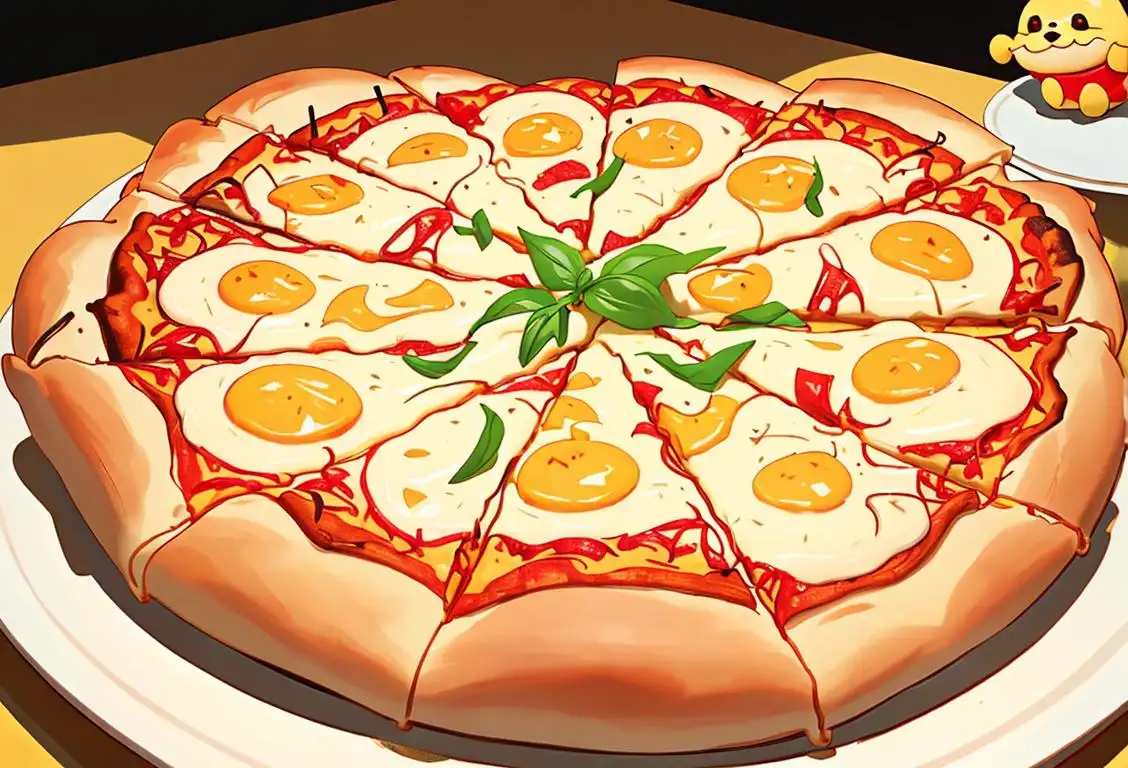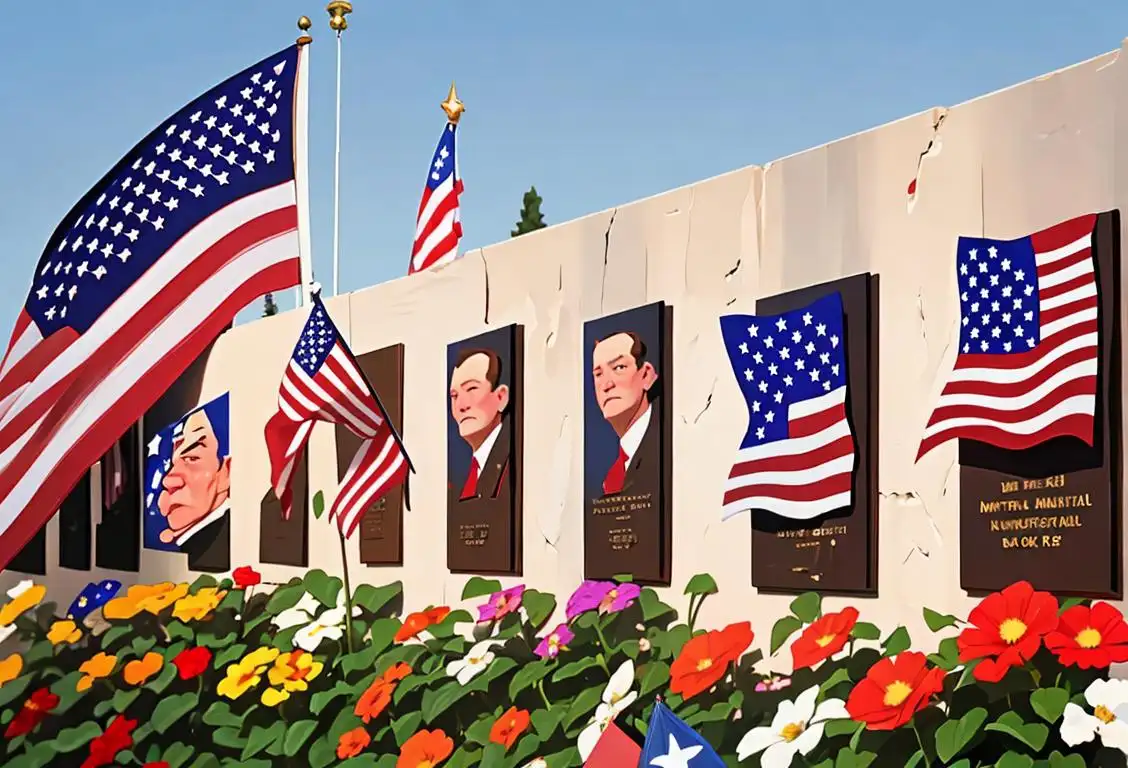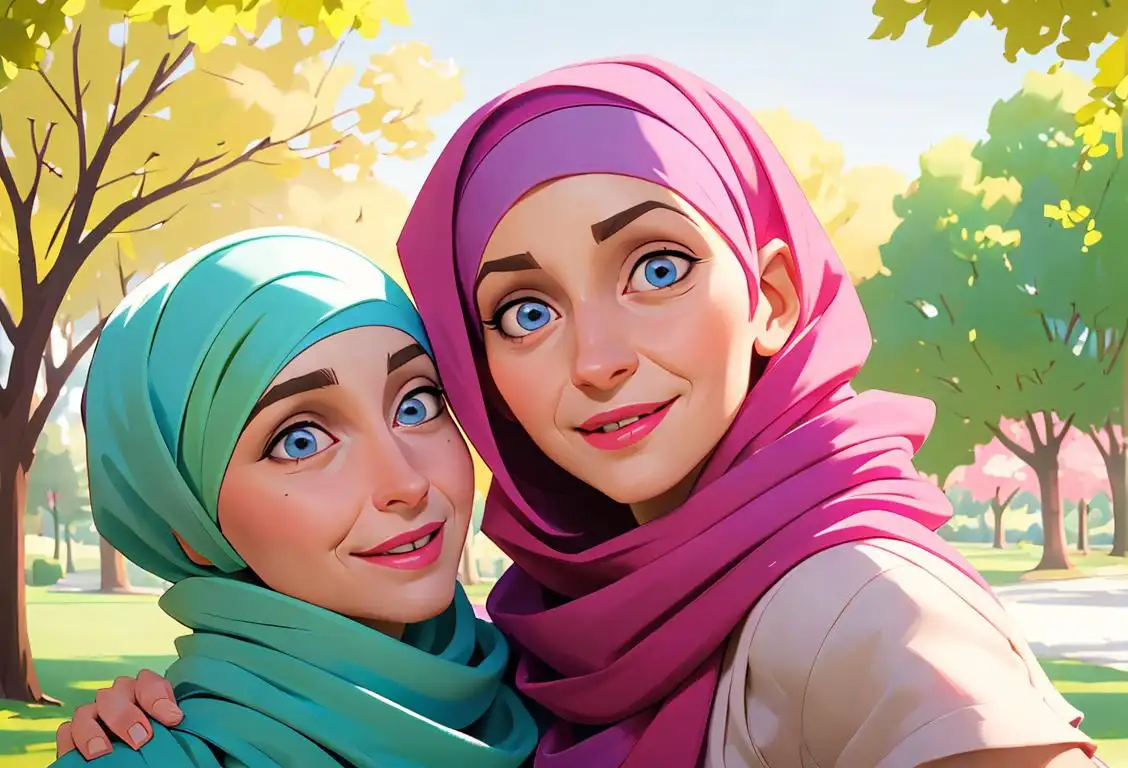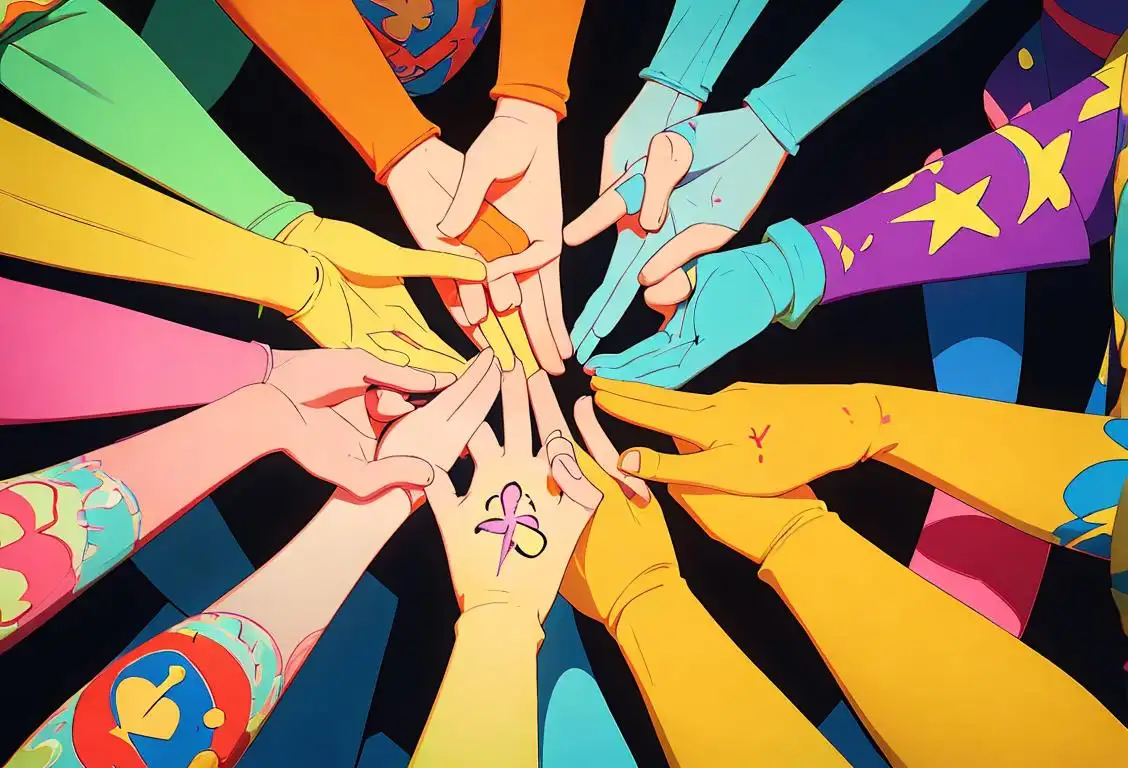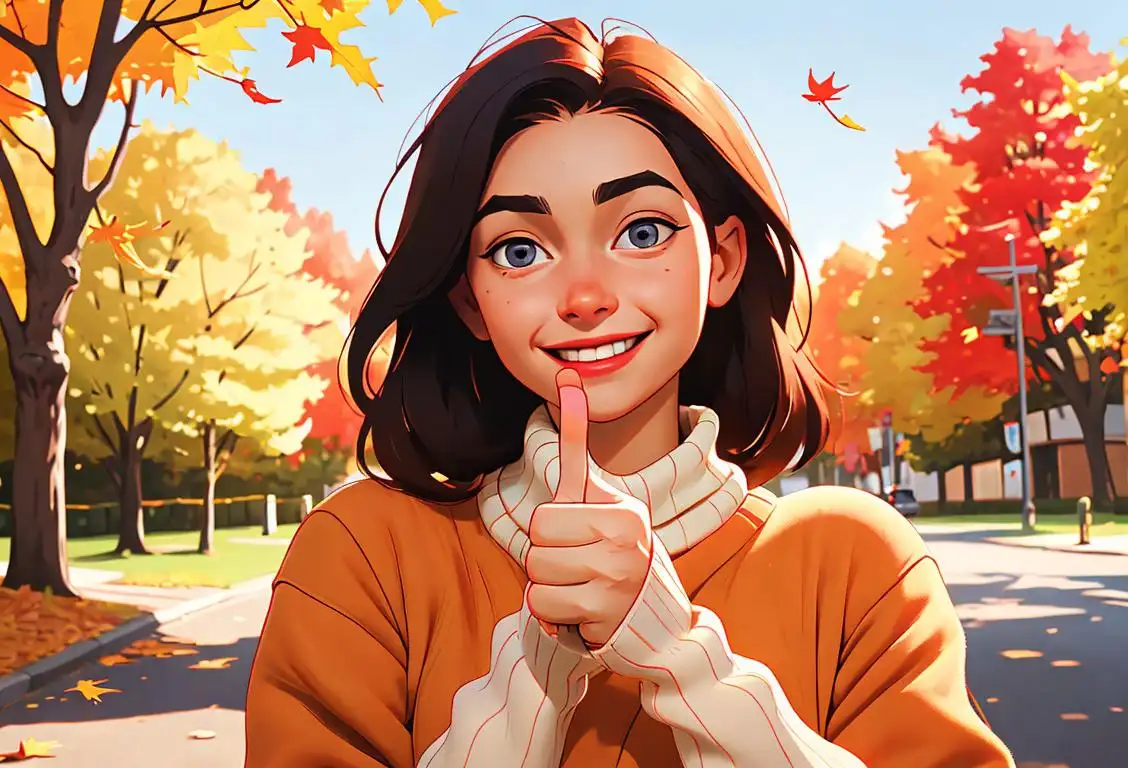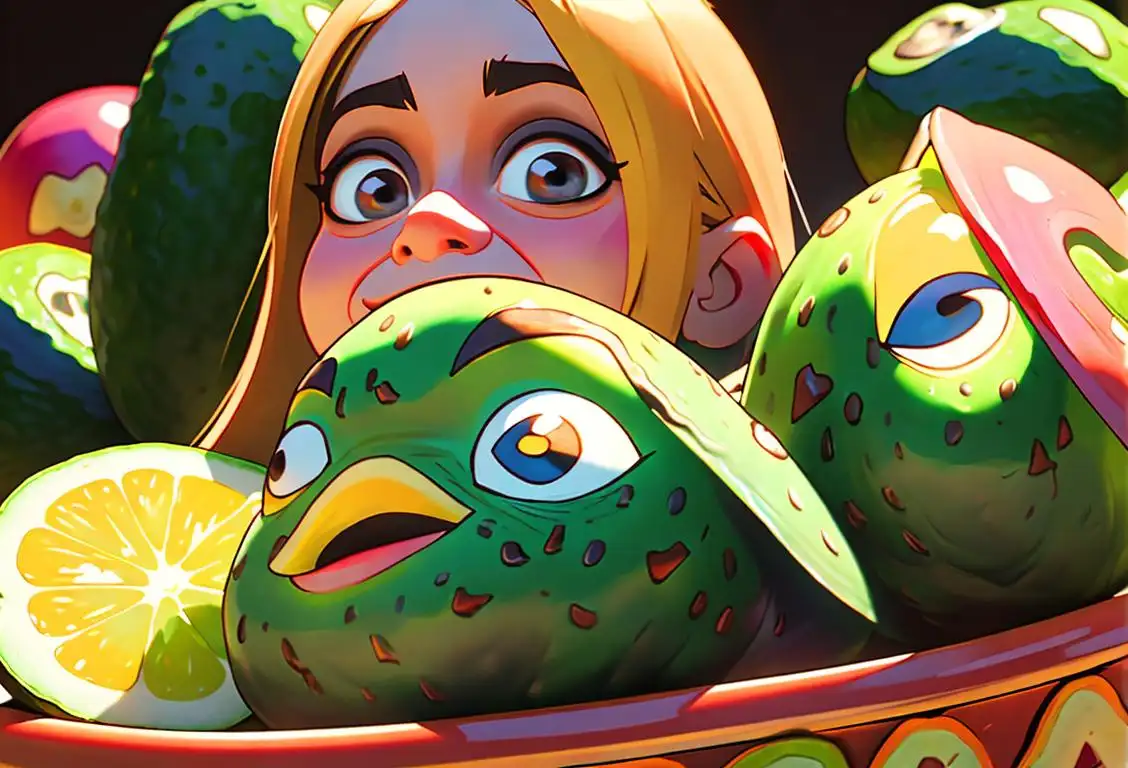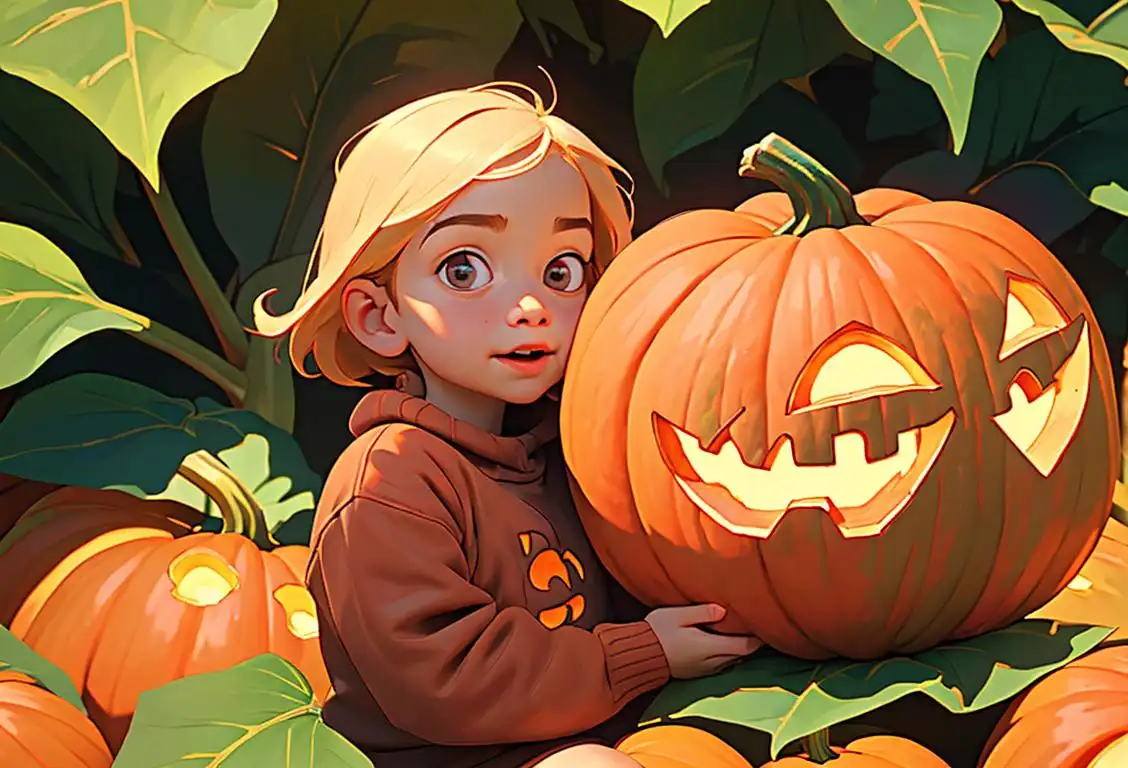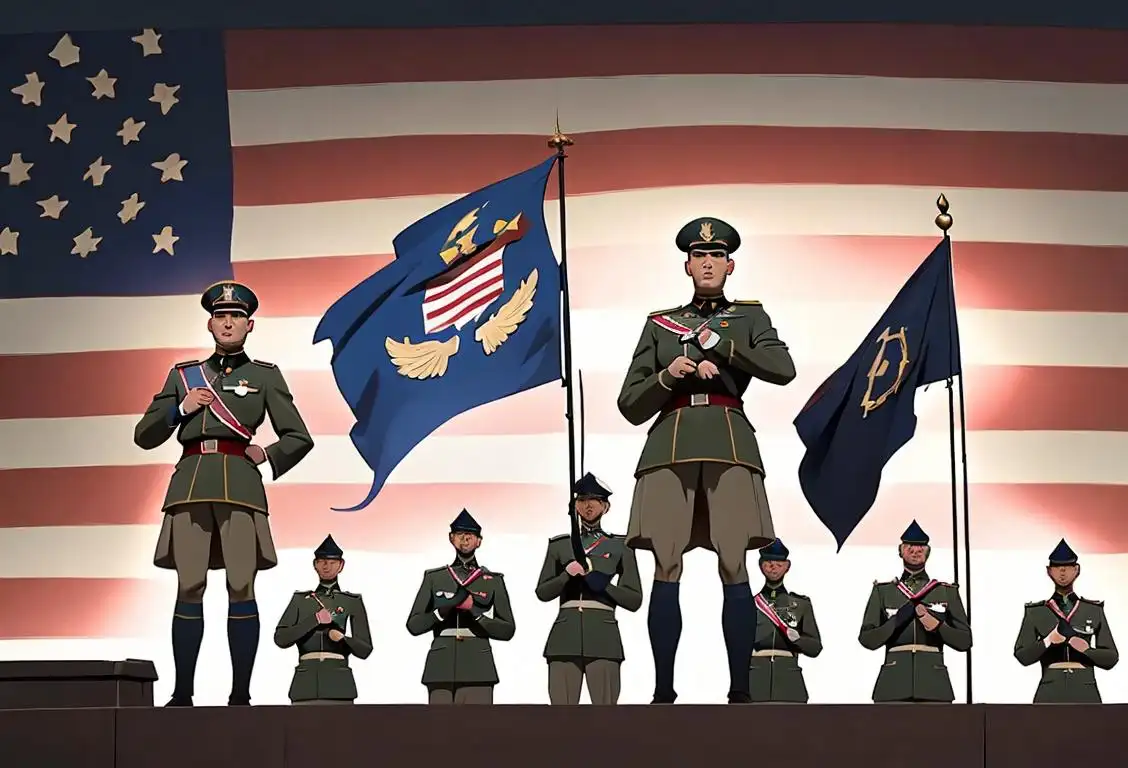National In Pajamas Day
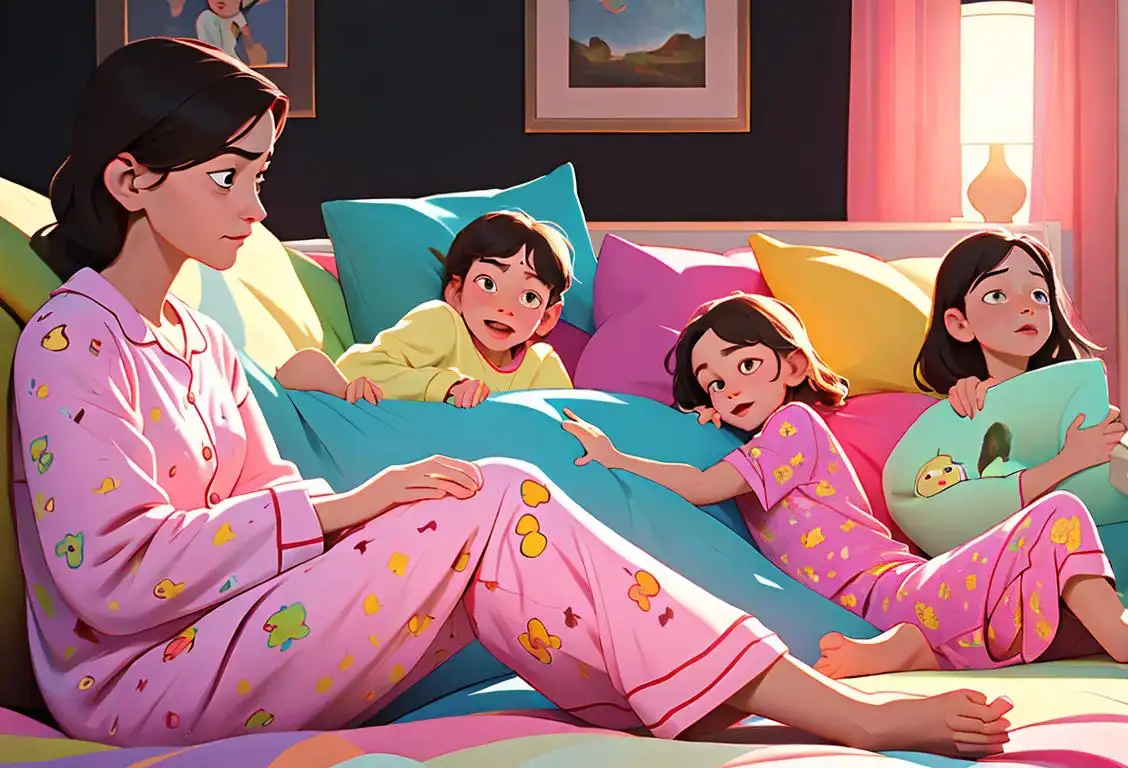
Are you tired of waking up ridiculously early to get dressed for the day? Well, get ready to celebrate National Pajamas Day, a day dedicated to the joy of staying cozy in your favorite sleepwear! Get your comfy slippers and fuzzy robes ready, because we're about to dive into the world of National Pajamas Day!
When is In Pajamas Day?
It's national in pajamas day on the 20th January.
The History of National Pajamas Day
Picture this: it's a lazy Sunday morning, and you wake up feeling refreshed and relaxed. You stretch your arms and yawn, only to realize that you don't want to leave the comforting embrace of your comfy pajamas. And just like that, the idea of National Pajamas Day was born!
While the origins of National Pajamas Day are shrouded in mystery (and a few fuzzy bathrobes), it's safe to say that people have been enjoying the luxury of lounging in their sleepwear for centuries. Whether it's a classic set of flannel PJs or a trendy onesie, there's something magical about slipping into your favorite nighttime attire during the day.
How to Celebrate National Pajamas Day
Celebrating National Pajamas Day is as easy as slipping into your coziest sleepwear and embracing the comfort of being in your jammies all day long! Here are a few ideas to make the most out of this special day:
- Host a Pajama Party: Invite your friends and loved ones over for a laid-back pajama party. Put on your favorite slippers, pop some popcorn, and enjoy a movie marathon in your comfiest attire.
- Breakfast in Bed: Start the day off right by enjoying a delicious breakfast in bed. Whip up some fluffy pancakes, sip on a warm cup of coffee, and relish in the luxury of a leisurely morning.
- Pajama Fashion Show: Channel your inner fashionista and organize a pajama fashion show. Strut your stuff down the hallway, showcasing your finest sleepwear creations. Who says pajamas can't be stylish?
Did You Know?
Did you know that National Pajamas Day is a great opportunity to support your local pajama vendors? Treat yourself to a new pair of pajamas or surprise a loved one with some cozy sleepwear. It's a win-win situation for everyone!
History behind the term 'In Pajamas'
1801
The Introduction of Pajamas
Pajamas, derived from the Persian word 'pāy-jāmah,' meaning 'leg garment,' were first introduced to the Western world in the early 19th century. British colonialists encountered these comfortable and loose-fitting garments during their travels to the East, particularly India. The use of pajamas as sleepwear quickly gained popularity among the British elite, as they provided a relaxing alternative to the traditional nightgowns or nightshirts.
1666
The birth of pajamas
Pajamas, derived from the Persian word 'payjama', meaning 'leg garment', were introduced to the West during the 17th century. These loose-fitting trousers were often made of silk or cotton and were worn as comfortable sleepwear or leisurewear.
1870
The rise of the pajama suit
As the Industrial Revolution brought about changes in society, the concept of loungewear and leisurewear became more popular. Pajama suits, which consisted of matching tops and bottoms made from luxurious fabrics, gained popularity among the elite and were worn in private settings or for informal gatherings.
1870
Pajamas in American Vocabulary
The term 'pajamas' made its way into the American vocabulary in the late 19th century. As an increasing number of Westerners embraced the comfort and style of this sleepwear, the word 'pajamas' began appearing in newspapers and advertisements. It became the standard term for the popular sleepwear among English-speaking countries.
1902
Pajama parties and their cultural influence
The 20th century saw the emergence of pajama parties, also known as slumber parties. These social gatherings for young people became a way to bond, have fun, and create lasting memories. Pajamas, previously associated with relaxation and comfort, became symbolic of youthful innocence and camaraderie.
1920
Changing Fashion Trends
During the 1920s, fashion trends greatly influenced the design of pajamas. With the rise of the Art Deco movement, pajamas became more stylish and glamorous, featuring luxurious fabrics, intricate patterns, and elegant cuts. Women's pajamas, in particular, became fashionable loungewear, often worn to entertain at home or for informal social gatherings.
1920s
The rise of the pajama fashion trend
During the 1920s, the fashion industry embraced the influence of loungewear, and pajamas made their way into mainstream fashion. Designers began creating stylish and more tailored versions of pajamas, incorporating luxurious materials and intricate designs. This shift allowed for the adoption of pajama-style clothing as acceptable daywear for women.
1950
Pajamas in Pop Culture
In the 1950s, pajamas gained significant visibility in pop culture. Hollywood films and celebrities popularized the iconic image of the well-dressed man or woman lounging comfortably in their pajamas. Pajama parties also became a popular social event during this era, where people would gather in their sleepwear for a night of fun and relaxation.
1960s
The casualization of pajamas
The 1960s marked a significant cultural shift towards more casual and relaxed dress codes. Pajamas, originally associated with the bedroom, became increasingly acceptable as casual attire for home or outdoor leisure activities. This era saw the popularization of pajama-inspired fashion trends such as the bohemian hippie movement, which embraced loose and flowing garments.
2000
Pajama Fashion Statements
In the 21st century, pajamas have transcended their original purpose as sleepwear and entered the realm of fashion statements. The concept of 'pajama dressing' emerged, blurring the lines between sleepwear and daywear. Designers began creating pajama-inspired clothing, such as silk tops and bottoms, that are intended to be worn outside the bedroom. This trend reflects a shift towards comfort and leisure in modern fashion.
Present
Pajamas in pop culture
Today, pajamas continue to be a beloved and widely worn form of sleepwear and loungewear. They have become an iconic symbol in popular culture, often depicted in movies and television shows as a representation of comfort, relaxation, and a carefree lifestyle. Pajama-themed parties, sleepovers, and cozy nights in have become synonymous with relaxation and bonding with friends and family.
Did you know?
Did you know that National Pajamas Day is a great opportunity to support your local pajama vendors? Treat yourself to a new pair of pajamas or surprise a loved one with some cozy sleepwear. It's a win-win situation for everyone!Tagged
fun loved ones clothingFirst identified
20th January 2021Most mentioned on
20th January 2021Total mentions
58Other days
In Pajamas Day
Cheese Pizza Day
Memorial Day
Cancer Survivors Day
Suicide Prevention Day
Compliment Day
Foundation Day
Guac Day
Pumpkin Day
Medal Of Honor Day
